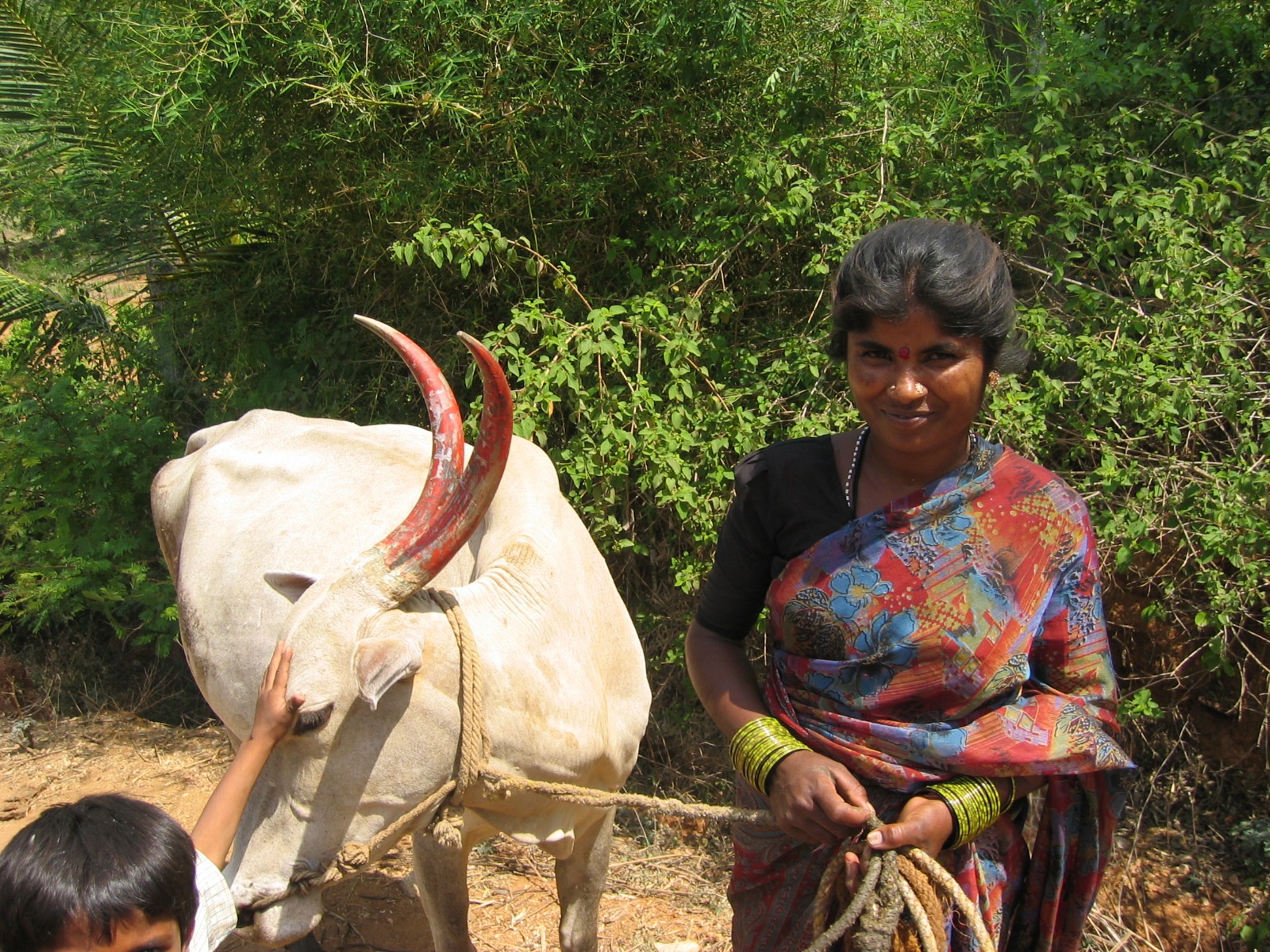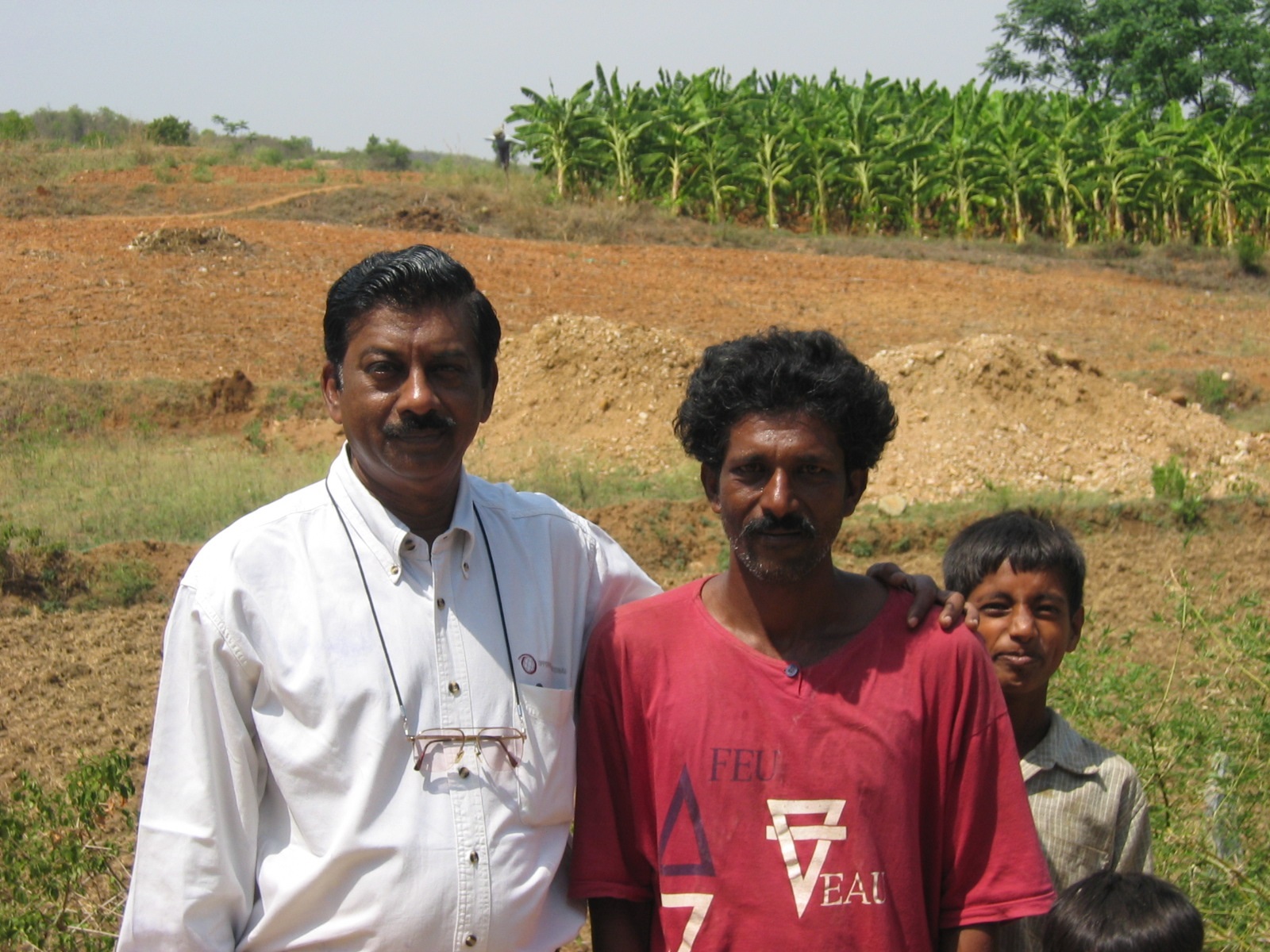How does anyone live on US$1.90 a day?
The World Bank uses benchmarks to define different levels of poverty - they use US$1.90 a day to identify people living in extreme poverty. But just how does a person live on US$1.90 a day or less? The simple answer is: “They don’t.” The US$1.90 a day figure is not an income that people living in extreme poverty can expect to receive each day. It’s a short-hand average for the amount of income they may receive over an extended period of time.
The income of people living in extreme poverty is very volatile. This results from the volatility of the types of activities they do to make a living. Many of the available employment opportunities are seasonal. Agricultural labourers and only employed at times of peak agricultural activity such as when they plant, harvest and thresh crops and these can be quite short periods of time. While in Australia we are used to mangoes being available for most of the year, in India the mango season only lasts three to four weeks. So, all the mangoes are picked, transported and sold within a four-week period before they over-ripen and become unsellable.

Many women in India keep a cow, but it’s so hot in India in summer before the monsoon, with daily temperatures of 40-55 degrees Celsius, that the cows can’t be milked because they would die of dehydration. The women still feed the cow during this time, but they receive no income from it. Or in urban areas men may be employed on construction sites as day labourers doing low skilled manual labour. They are generally only employed for one or a few days rather than for the duration of the construction task, so their income is very uncertain.
Given the volatility of employment opportunities and income in developing countries, it’s important for families living in poverty to have tools enabling them to manage this volatility and smooth out their cash flow. One way of doing this is to create useful lump sums they can spend when they don’t have any income. That’s what microfinance does - it gives them credit so they can accumulate useful lump sums that can be used when they need it, when their income dries up.

Being able to save is another way to make income illiquid in the short to medium term so it’s available at times of need. So, its critically important for families living in poverty to have access to credit and savings.
Microfinance not-for-profit Opportunity International Australia provides both credit and savings tools to families living in developing countries to help them better manage the volatility of their income and cash flow. Opportunity provides small loans to families to build businesses, install toilets, pay school fees and purchase seeds, fertiliser and equipment for farming. It also provides savings accounts and is pioneering the use of mobile phones in developing countries to allow families to both deposit and withdraw funds from savings accounts. While microfinance is a means of building assets and incomes, I believe one of its most important functions is that it helps families to manage income volatility and smooth out cash flow.
Savings and credit tools give choices to families living in poverty. It gives them the chance to embrace opportunities and the tools to manage risk and unfortunate circumstances. Without credit and savings, they just don’t have the resources to survive. They are unable to accumulate the resources to make meaningful choices. And a life without choices is a life without hope.